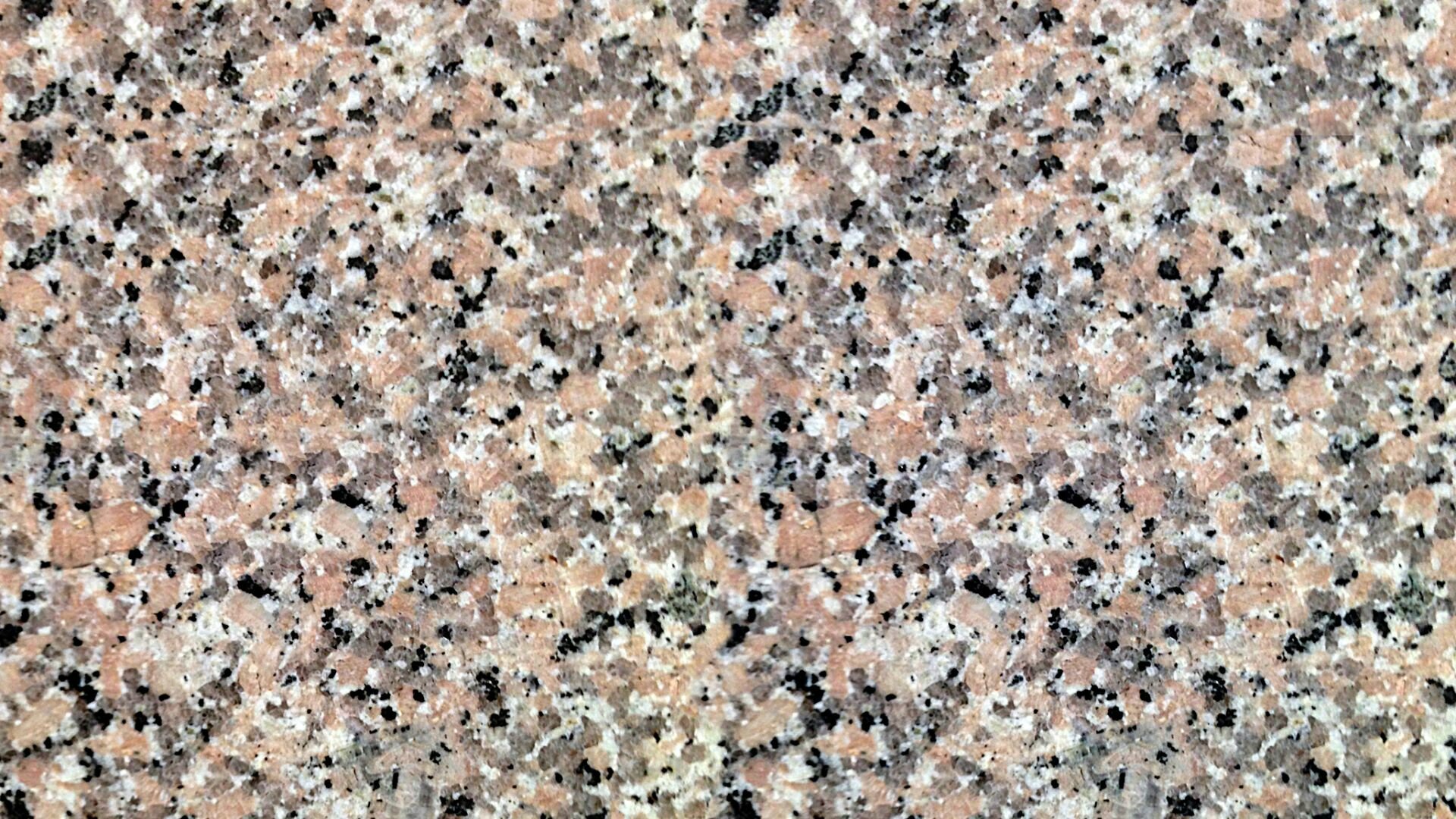Table of Contents
What is Granite?
Formation and Composition of Granite
How Granite is Formed
Main Components of Granite
Types of Granite
Porphyritic Granite
Orbicular Granite
Graphic Granite
The Unique Characteristics of Granite
The Uses of Granite
Construction and Architecture
Countertops and Tiles
Monuments and Sculptures
How to Identify Granite
The Process of Mining Granite
The Environmental Impact of Granite Mining
Alternatives to Granite
Caring for Granite Surfaces
The Future of Granite
Conclusion
FAQs
What is Granite?
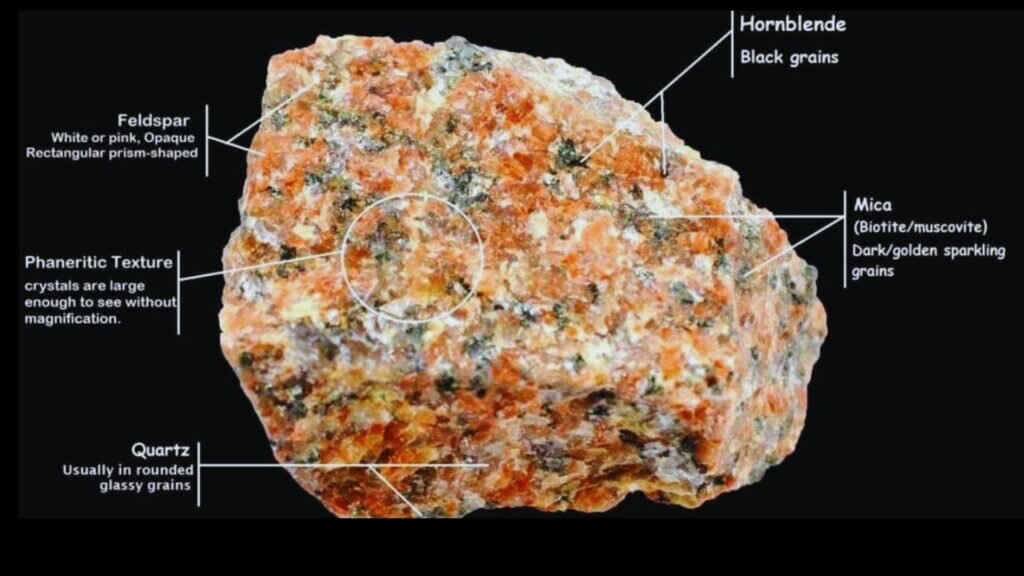
Granite is a natural igneous rock formed from the slow cooling and solidification of magma or lava below the Earth’s surface. It is one of the most abundant rock types on Earth, known for its durability, strength, and beauty.
In this article, we will explore the formation and composition of granite, its different types, unique characteristics, and various uses. We will also discuss how to identify granite, the mining process, environmental impacts, and alternatives to granite. Lastly, we will touch on proper care for granite surfaces and what the future holds for this versatile rock.
Formation and Composition of Granite

How Granite is Formed
Granite forms deep within the Earth’s crust as magma or lava slowly cools and solidifies under high pressure. This slow cooling process allows for the growth of large mineral crystals, which give granite its distinct coarse-grained appearance. The primary minerals that makeup granite are quartz, feldspar, and mica.

Main Components of Granite
- Quartz: This transparent to translucent mineral is the second most abundant component in granite. Quartz is known for its hardness and resistance to chemical weathering, which contributes to the durability of granite.
- Feldspar: This group of minerals makes up the largest percentage of granite, providing its various colors and textures. Feldspar minerals can be white, pink, or gray, and they play a significant role in determining the overall appearance of the rock.
- Mica: Mica minerals are responsible for the shiny, metallic flakes found in granite. They can be black (biotite) or silver (muscovite) and are typically responsible for the sparkling effect seen in some granites.
My articles contain affiliate links, and as an Amazon Associate, I earn from qualifying purchases that help keep this content free.
Types of Granite
There are several types of granite, each with unique characteristics that set them apart. Here are a few examples:
Porphyritic Granite

This type of granite has large, well-formed crystals embedded in a finer-grained matrix. The contrasting crystal sizes create a visually appealing pattern and texture.
Orbicular Granite
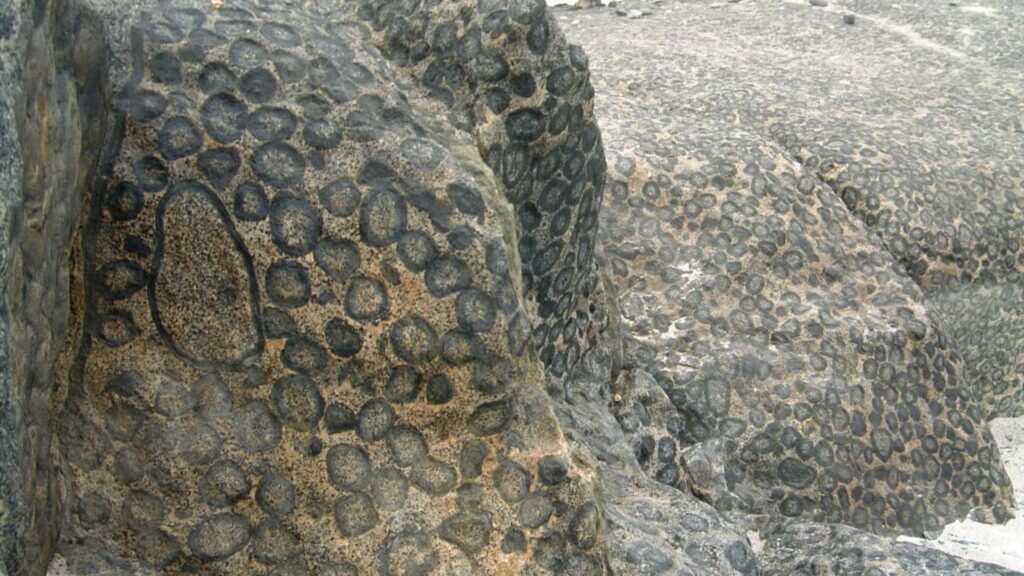
Orbicular granite is characterized by its unique, spherical patterns. These orb-like structures form when mineral crystals nucleate around a central point, creating concentric layers.
Graphic Granite

Graphic granite gets its name from the interlocking, angular patterns formed by quartz and feldspar crystals. These patterns often resemble ancient script or hieroglyphs, hence the name “graphic.”
The Unique Characteristics of Granite
Granite is known for its strength, durability, and resistance to weathering, making it an ideal material for various applications. Its unique, coarse-grained texture and variety of colors allow for beautiful, one-of-a-kind designs. Additionally, granite’s heat resistance and low porosity make it a popular choice for kitchen countertops.
The Uses of Granite
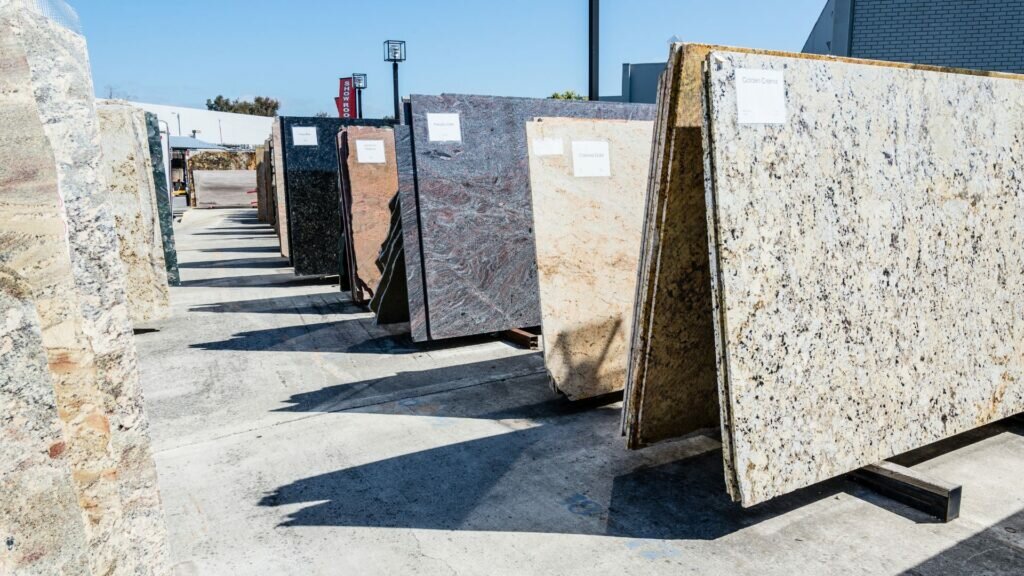
Construction and Architecture
Granite’s strength and durability make it a popular choice for construction projects, such as buildings, bridges, and retaining walls. Its weather-resistant properties also make it suitable for exterior applications like cladding and paving.
Countertops and Tiles
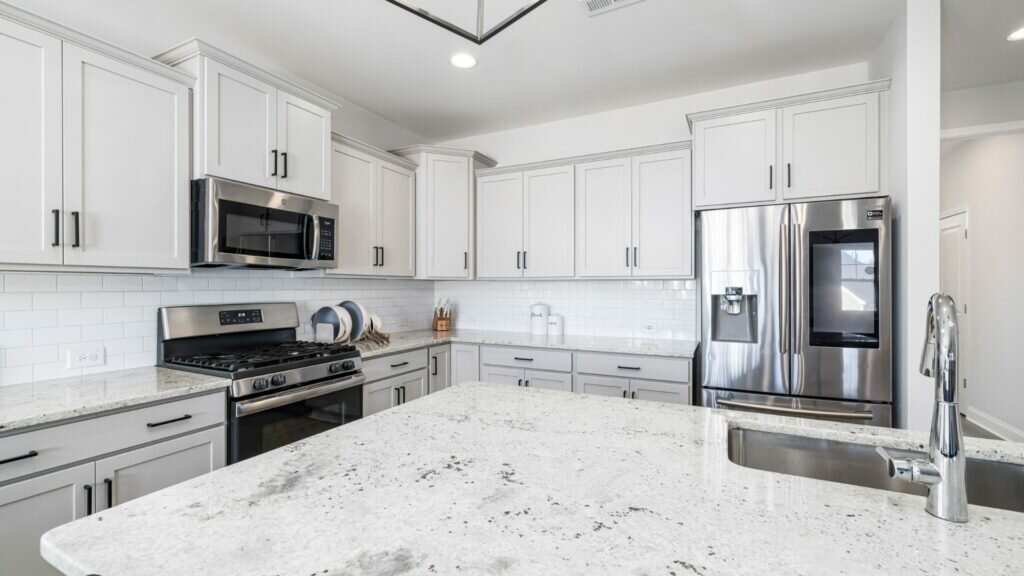
Granite is a popular material for countertops and tiles due to its beautiful appearance, durability, and heat resistance. It adds a touch of luxury and sophistication to kitchens and bathrooms.
Monuments and Sculptures
The durability and natural beauty of granite make it an ideal material for creating monuments, statues, and other artistic installations.
How to Identify Granite
Identifying granite involves observing its characteristics, such as color, texture, and mineral composition. Look for a coarse-grained rock with visible crystals of quartz, feldspar, and mica. The presence of these minerals, along with their hardness and resistance to scratching, is a strong indication that the rock is granite.
The Process of Mining Granite
Granite mining typically involves quarrying, a method that extracts the rock in large blocks. This process begins with the removal of the overburden, or the layer of soil and rock covering the granite deposit. Next, workers use drilling and blasting techniques to create a network of channels in the rock. Large blocks of granite are then carefully removed using specialized equipment and transported to processing facilities where they are cut and polished.
The Environmental Impact of Granite Mining
While granite is a natural and sustainable material, the mining process can have negative environmental impacts. These may include habitat destruction, soil erosion, and pollution from dust and chemicals used in the extraction process. To minimize these impacts, it is essential that mining companies adhere to environmental regulations and implement sustainable practices, such as land reclamation and water management.
Alternatives to Granite
Although granite is a popular and durable material, there are alternatives that offer similar benefits:

- Quartz: Engineered quartz countertops are made from a combination of crushed quartz and resins, creating a durable and low-maintenance surface that mimics the appearance of natural stone.
- Marble: This natural stone is known for its luxurious appearance and unique veining patterns. However, it is less durable and more susceptible to staining compared to granite.
- Soapstone: This soft, nonporous natural stone is a popular alternative for countertops due to its heat resistance and unique, dark appearance.
Caring for Granite Surfaces
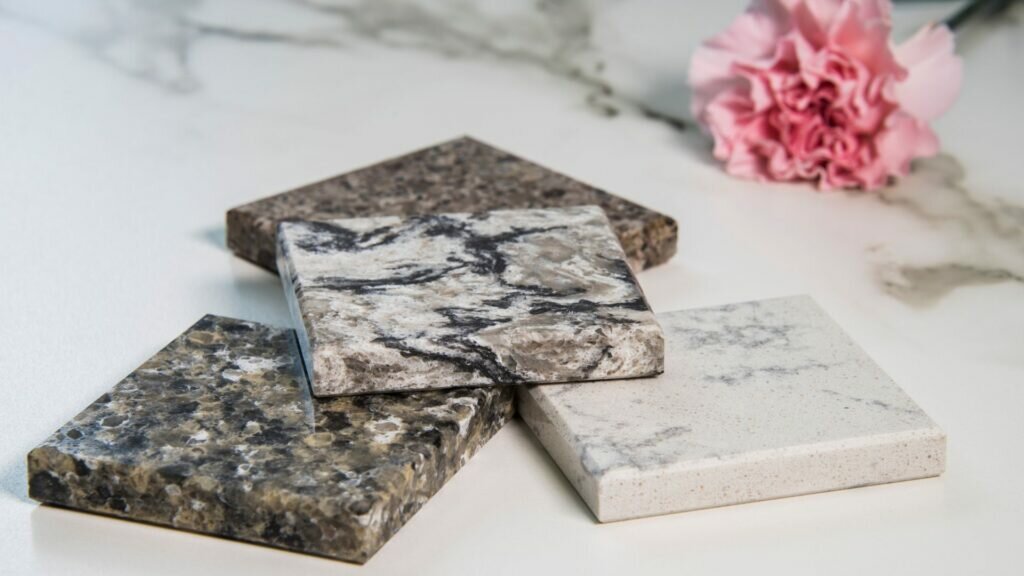
Proper care is essential to maintain the beauty and longevity of granite surfaces. This includes regular cleaning with a mild detergent, avoiding abrasive cleaners, and using trivets or heat pads to prevent damage from hot cookware. Sealing your granite countertops periodically can also help prevent staining and maintain their lustrous appearance.
The Future of Granite
Granite will likely continue to be a popular choice for construction, architectural, and decorative applications due to its unique characteristics and durability. Advancements in mining technologies and sustainable practices may help reduce the environmental impact of granite extraction, ensuring that this beautiful natural resource remains available for future generations.
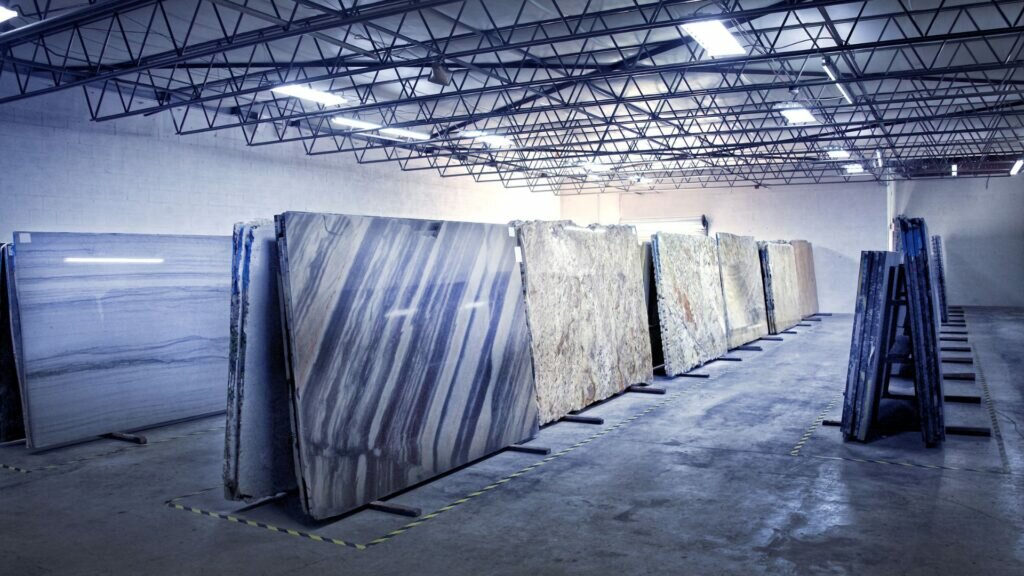
Conclusion
Granite is a versatile and durable igneous rock that offers a wide range of applications, from construction and architecture to countertops and artistic installations. Its unique characteristics and variety of types make it a popular choice for both practical and aesthetic purposes. As we continue to utilize this abundant natural resource, it is essential that we prioritize sustainable mining practices to minimize environmental impacts and preserve the beauty of granite for generations to come.
FAQs
- What is the difference between granite and marble? Granite is a coarse-grained igneous rock, while marble is a metamorphic rock formed from limestone. Granite is generally more durable and less prone to staining compared to marble.
- How often should I seal my granite countertops? The frequency of sealing depends on the specific granite and its porosity. Generally, sealing every one to two years is recommended for most granite countertops.
- Is granite resistant to heat? Yes, granite is heat resistant and can withstand high temperatures without damage. However, it is still recommended to use trivets or heat pads to protect the surface from extreme heat.
- Can granite be used outdoors? Yes, granite is weather-resistant and can be used for outdoor applications such as cladding, paving, and landscaping features.
- Are there any downsides to using granite in my home? While granite is a durable and attractive material, it can be more expensive than some other options and may require periodic sealing to maintain its appearance. Additionally, the mining process can have negative environmental impacts if not done sustainably.
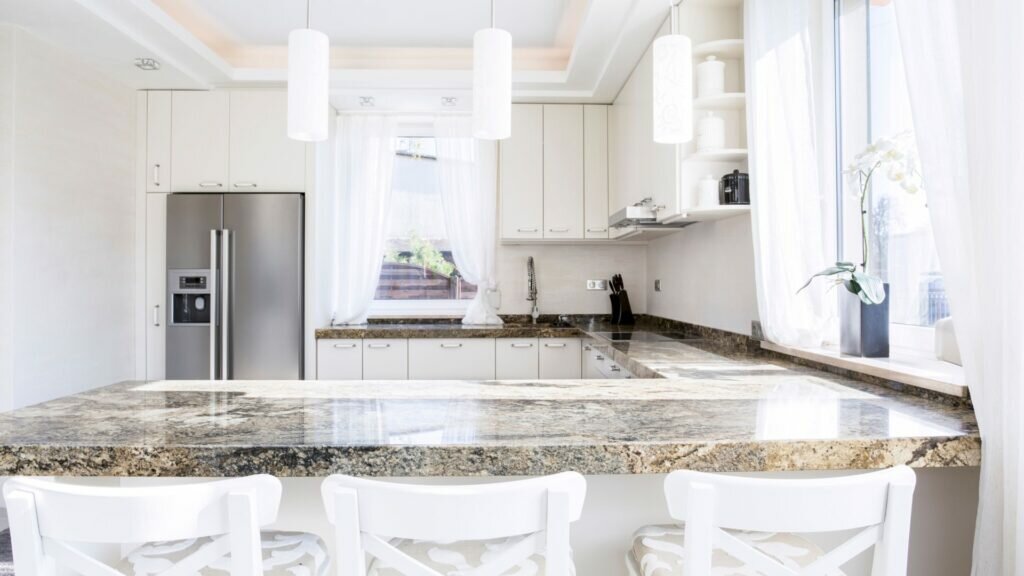
Caring for Granite: Tips and Tricks
Taking care of your granite surfaces ensures they maintain their beauty and longevity. Here are some helpful tips and tricks for proper granite care:
- Clean spills immediately: Although granite is less susceptible to staining compared to other natural stones, it’s still essential to clean up spills immediately, especially acidic substances like coffee, wine, or citrus juices. Use a soft cloth or sponge with warm water and mild detergent.
- Avoid harsh chemicals: Steer clear of using harsh cleaning agents or abrasive cleaners on your granite surfaces, as these can cause damage or dull the finish. Stick to gentle cleaning solutions specifically designed for natural stone or mild dish soap.
- Use a cutting board: While granite is scratch-resistant, it’s still a good idea to use a cutting board when chopping or slicing food to prevent potential damage to both the countertop and your knives.
- Protect the surface from heat: Although granite can withstand high temperatures, using trivets, hot pads, or heat-resistant mats will prevent possible thermal shock, which could cause the surface to crack over time.
- Regular maintenance: Schedule periodic maintenance, such as sealing and polishing, to keep your granite surfaces looking their best. Consult with a professional for advice on the frequency and best methods for your specific granite type.
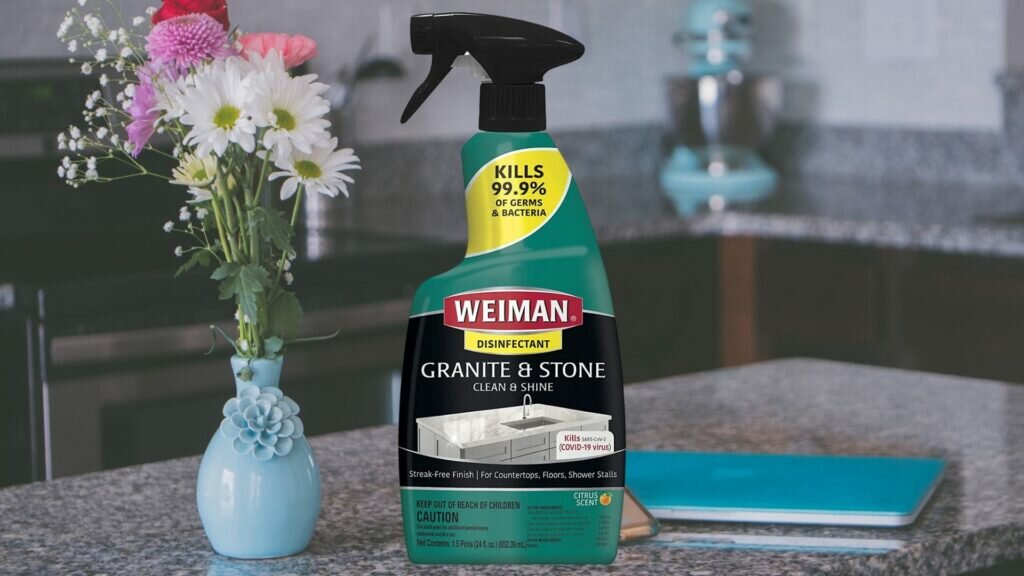
By following these simple tips and tricks, you can ensure that your granite surfaces remain beautiful, durable, and functional for years to come.
Granite: A Timeless Classic
Granite’s natural beauty, versatility, and durability have made it a timeless classic in the world of construction, architecture, and design. Its unique characteristics and wide range of applications continue to make it a popular choice for homeowners and professionals alike. As we look to the future, advancements in sustainable mining practices and technology will help ensure that this abundant natural resource remains a valuable and accessible option for generations to come.
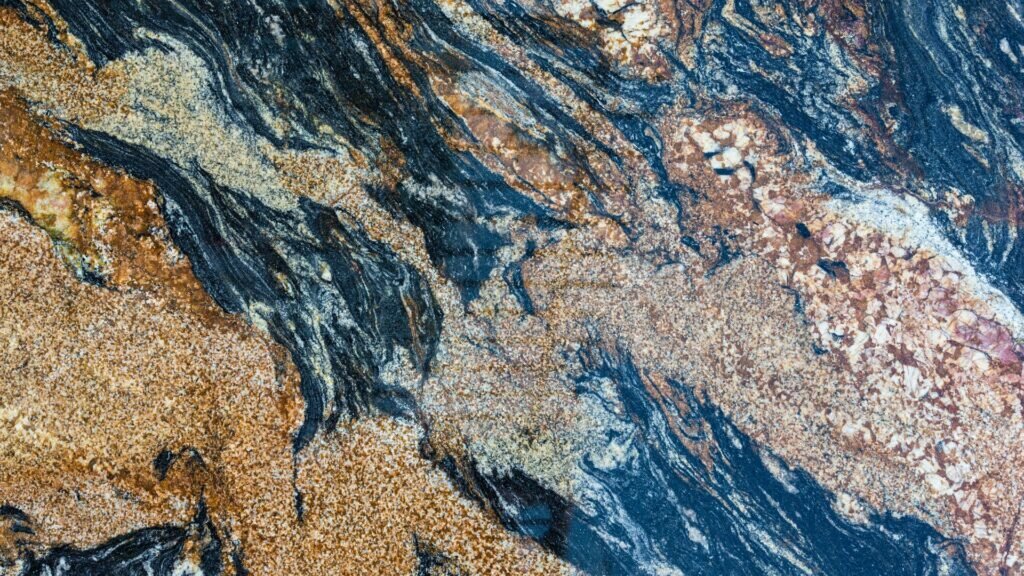
So, where is the best granite in the world? The answer lies in the rich landscapes of Brazil, India, Italy, and Spain, among other countries. Each region offers unique, high-quality granite that adds beauty and value to any project. Now that you know where to find the best granite in the world, you can make an informed decision when selecting the perfect stone for your next endeavor. If you’d like to dive deeper into the origins and varieties of the world’s finest granite, don’t hesitate to explore our comprehensive guide, “Where is the Best Granite in the World?” Happy exploring!

